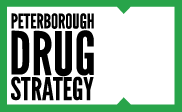Consumption and Treatment Services
The FactsSupervised consumption sites in Canada.
There are more than one hundred Supervised Consumption Sites in existence internationally. The majority located in countries throughout Europe, as well as in Australia and Canada. Prior to 2017, only one legally-sanctioned SCS existed in Canada called Insite. Located in Vancouver, British Columbia, Insite opened in September 2003. With increasing deaths from illicit opioid use in Canada, more sites have been granted exemptions since 2017.
Sites currently open in Canada.
*Current as of October 24, 2019
Number of sites by province
- British Columbia — 9
- Alberta — 7
- Ontario — 20
- Quebec — 4
Supervised consumption sites work.
Over 40 peer-reviewed studies have been published about InSite alone that demonstrate its benefits and lack of negative impacts. Typically located in areas where injection drug use is already having an impact on the community, Supervised Consumption Sites have been shown to address multiple public health and public order goals.
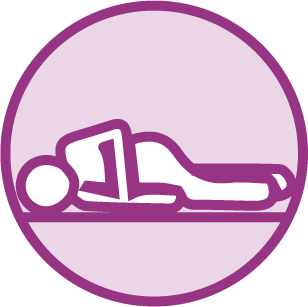

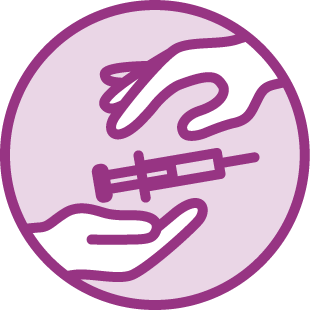
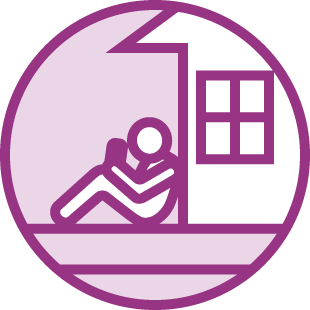
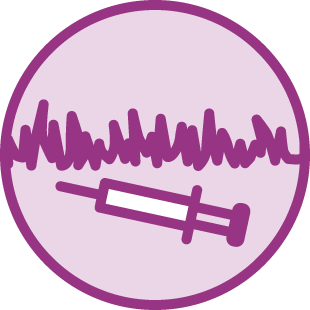
Reduced overdose deaths.
Supervised consumption sites have been shown to reduce opioid poisonings and overdose deaths in the areas where they are located. Between 2001 and 2005, one-third of all overdose deaths in Vancouver occurred within 500 metres of InSite, Canada’s first supervised consumption facility. After InSite opened, fatal overdoses decreased in this area by 35%.1
More people seek treatment.
Supervised consumption services help more people access addiction treatment services. After InSite opened in Vancouver, BC, there was a 30% increase in the use of detoxification services and increased rates of access to long-term addiction treatment.2 In one study, 95 participants who were clients of InSite reported stopping injection drug use for at least six months.3
Reduced rates of HIV/Hepatitis C
Sharing syringes increases the risk of transmitting blood borne infections like HIV. Based on a 2005 study, people who used InSite were 70% less likely to share syringes than those who did not.4 Further research has shown that SCS reduce unsafe injection practices, including a 2008 study that found InSite clients were more likely to use sterile water, clean the injection site, safely dispose of syringes, and not rush their injection when using the facility.5
Less public drug use
Studies in Canada and Europe have found that supervised consumption sites are associated with a reduction in the number of people injecting drugs in public spaces. In a Canadian Study of 1082 Injection Drug Users, 71% reported that the use of InSite had resulted in less outdoor injecting.6
Less drug litter and no increase in drug-related crime.
Supervised consumption services are associated with positive public order outcomes, including reduced amounts of drug-related litter.7 Studies on Canadian, Australian, and European facilities found that the availability of supervised consumption facilities do not contribute to increases in drug-related crime in the areas where they are located.8
Sources
1Marshall B.D.L., et al. (2011). Reduction in overdose mortality after the opening of North America’s first medically supervised safer injecting facility: A retrospective population-based study. Lancet. Published online April 18, 2011. DOI: 10.1016/S0140-6736(10)62353-7.
2Wood, E., et al. (2007). Rates of detoxification service use and its impact among a cohort of supervised injecting facility users. Addiction, 102, 916-919.
3DeBeck K., et al. (2011). Injection drug use cessation and use of North America’s first medically supervised safer injecting facility. Drug and Alcohol Dependence. 113 (2-3): 172-176.
4Kerr T, et al. (2005). Safer injection facility use and syringe sharing in injection drug users. Lancet. 366 (9482): 316-318.
5Stoltz JA, et al. (2007). Changes in injecting practices associated with the use of a medically supervised safer injection facility. Journal of Public Health. 29(1): 35-39.
6Petrar, S., et al. (2006). Injection drugs users’ perceptions regarding use of a medically supervised safer injection facility. Addictive Behavior, Aug 21.
7Wood E., et al. (2004). Changes in public order after the opening of a medically supervised safer injecting facility for illicit injection drug users. Canadian Medical Association Journal, 171(7): 731-734.
8See for example: Wood E., et al. (2006). Impact of a medically supervised safer injecting facility on drug dealing and other drug related crime. Substance Abuse Treatment, Prevention, and Policy, 1(1): 13; MSIC Evaluation Committee. (2003). Final report of the evaluation of the Sydney Medically Supervised Injecting Centre. Sydney, AU; & Benninghoff, F., et al. (2003). Evaluation de Quai 9 ‘Espace d’acceuil et d’injection’ à Genéve: période 12/2001–12/2000. Lausanne: Institut universitaire de médecine sociale et préventive. As cited in: Hedrich, D. (2004). European report on drug consumption rooms. Lisbon: EMCDDA.
Contact Us
For general inquiries regarding CTS, please contact:
